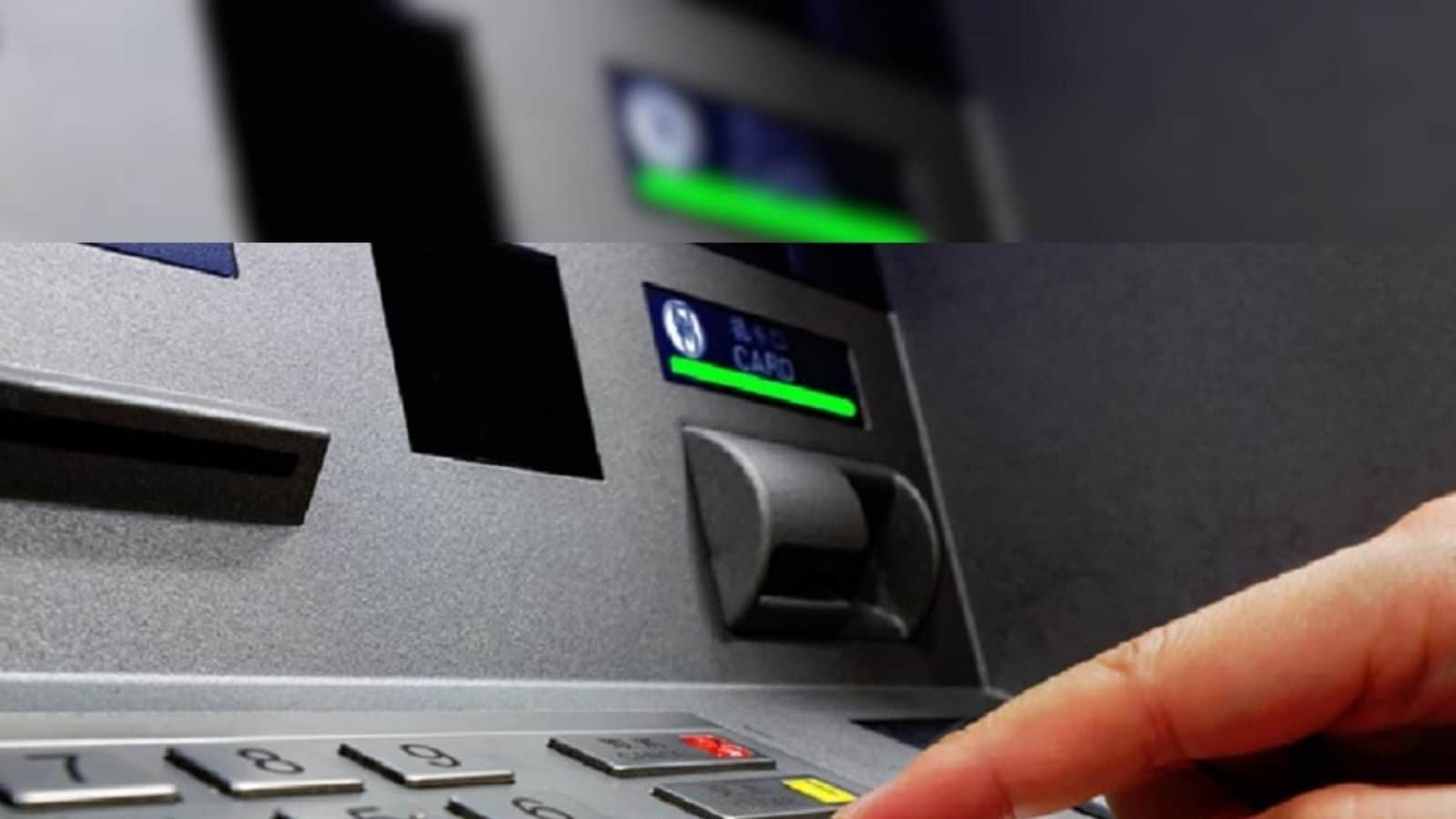ATM Rule Change: Now, Pay More to Withdraw Cash From ATMs; Key Things to Know
ATM Withdrawal Rule Change: As the new year has already begun, it brought with itself a host of new changes that have already been implemented. One such change is the cash withdrawal rule for ATMs of all private and public sector banks in India. Bank customers are now having to pay hiked extra charges on ATM withdrawals, irrespective of their banks, once their monthly limit gets exhausted. The Reserve Bank of India, in a notification earlier, had said that the change will be implemented from the first day of 2022, and the rule is already in place. Customers had already got notifications from their banks as the date neared.
What is the New Rule?
Earlier, a bank customer used to pay Rs 20 per transaction at all ATMs to withdraw money once the monthly free limit exceeds. Now the rates have been hiked by Rs 1 per extra transaction each month, according to a notification issued by the Reserve bank of India or RBI. Therefore, customers now have to pay Rs 21 per transaction. The central bank had notified about the changes in June last year.
What is the Free Transaction Limit?
The Reserve Bank of India presently allows all bank customers to do five free ATM transactions at their own banks before these rates are charged. This means that all bank customers with debit cards will be eligible for five free transactions (cash or non cash transactions) at their own banks’ ATMs per month. Additionally, they will be eligible for three free transactions from other banks in metro cities (including Bengaluru, Mumbai, Chennai, Kolkata, Delhi, and Hyderabad) and five free transactions in non-metro cities.
What did the RBI Say in its Notification?
“Customers are eligible for five free transactions (inclusive of financial and non-financial transactions) every month from their own bank ATMs. They are also eligible for free transactions (inclusive of financial and non-financial transactions) from other bank ATMs viz. three transactions in metro centres and five transactions in non-metro centres. Beyond the free transactions, the ceiling / cap on customer charges is Rs 20 per transaction, as prescribed vide circular DPSS.CO.PD.No.316/02.10.002/2014-2015 dated August 14, 2014,” said the central bank in a notification dated June 10 this year.
Why is the RBI Hiking the Fees?
In its notification, the Reserve Bank of India had said ATM transaction fee had not been hiked since August 2014 and a compensation for that was needed.
“To compensate the banks for the higher interchange fee and given the general escalation in costs, they are allowed to increase the customer charges to Rs 21 per transaction. This increase shall be effective from January 1, 2022,” said the central bank.
The bank said that additional taxes will be charged on this amount. “These instructions shall also apply, mutatis mutandis, to transactions done at Cash Recycler Machines (other than for cash deposit transactions),” further said the bank.
Before this, the RBI had last increased the transaction limit in August 2021, after a gap of seven years. It observed that the last change in interchange fee structure for ATM transactions was in August 2012, while the charges payable by customers were last revised in August 2014. A substantial time has thus elapsed since these fees were last changed, the bank noted.
The change is happening years after the RBI built a committee to review the issue. The central bank had in 2019 constituted a committee that met and decided to bring in the changes. Under the chairmanship of the chief executive of the Indian Banks’ Association in June that year, the central bank decided to review the whole gamut f ATM charges and fees with a particular focus on interchange structure for ATM transactions.
Read all the Latest News, Breaking News and Coronavirus News here.
For all the latest business News Click Here

